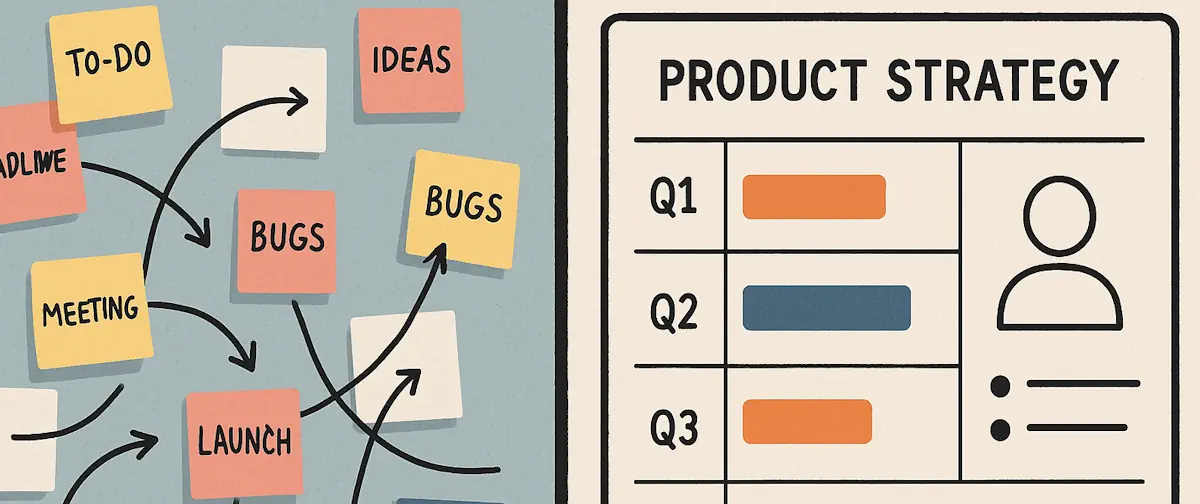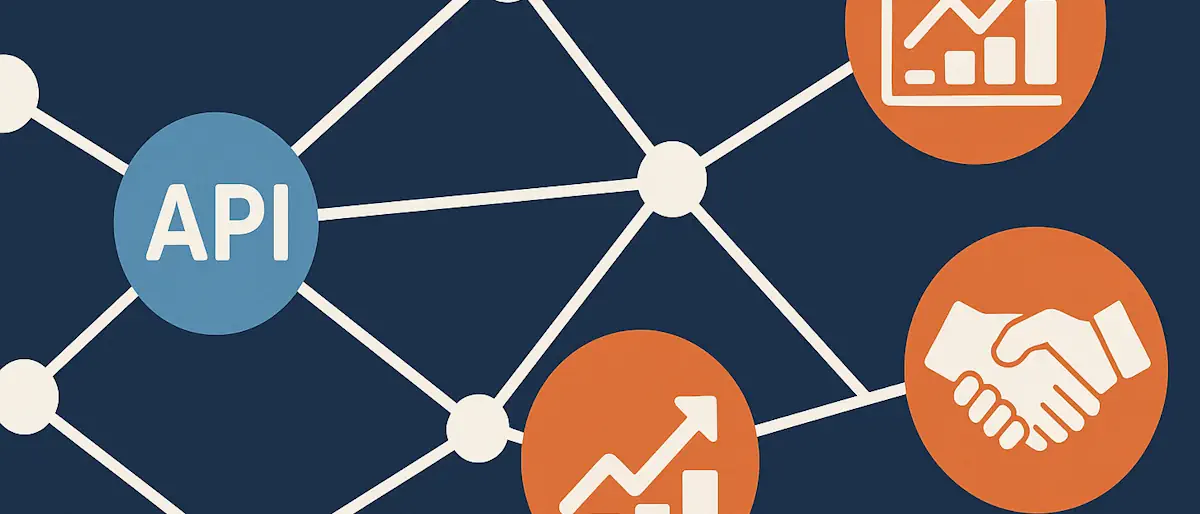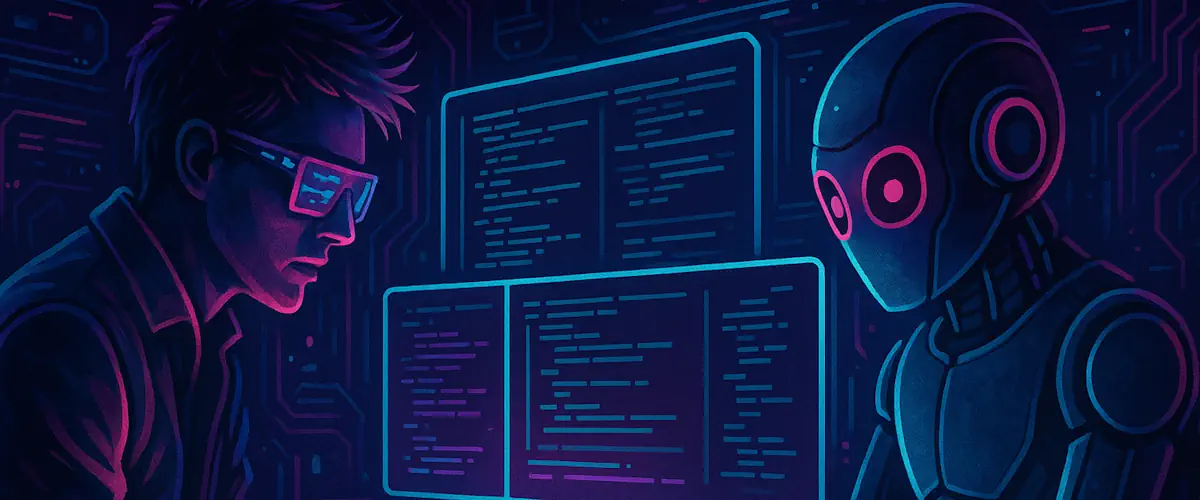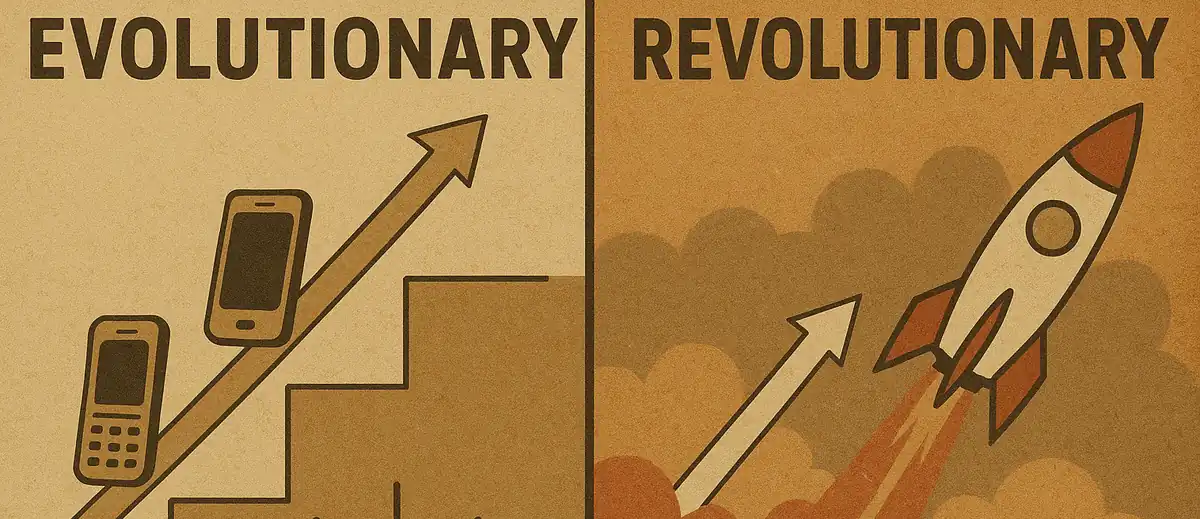The Immutable Customer
Technology evolves, delivery methods transform, but human nature remains remarkably consistent.
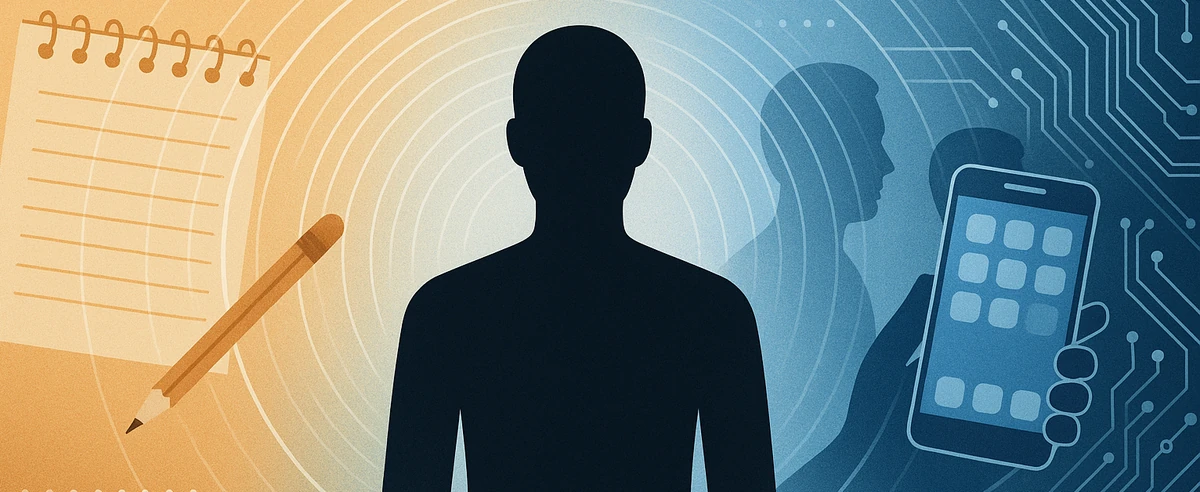
I recently sat in a strategy session where a team spent hours debating whether to rebuild their underlying backend engine using the “latest and greatest” framework. The discussion covered algorithms, infrastructure costs, and competitive benchmarks.
Not once did anyone ask: “What do our customers actually need from the system?”
This scene plays out in conference rooms and Teams channels everywhere. We obsess over the changing—the tools, the platforms, the methodologies—while ignoring the constant: human nature itself.
The Delusion of Change
Here’s what I’ve learned after decades of building products and coaching teams: Technology changes exponentially. Delivery methods transform quarterly. Our understanding of what we’re even building shifts with market winds. But the humans we serve? They remain remarkably, predictably, beautifully constant.
Your customers still want to feel understood, valued, and empowered—just like they did 20 years ago. They still make decisions based on trust and emotion. They still get frustrated by the same fundamental failures: being ignored, feeling manipulated, or having their time wasted.
Yet according to research from Harvard Business Review, only 15% of CEOs and sales teams have a truly customer-centric strategy. Most operate from a product-focused mindset, hunting for markets to sell their solutions rather than understanding human problems to solve.
Customer-Centric vs Product-Focused Performance
Source: McKinsey Research on Customer Centricity
Second and Third-Order Effects
My entrepreneurial and consultative background taught me something crucial: every decision creates ripples. When you focus on the technology rather than the human, those ripples become tsunamis.
The Ripple Effect of Tech-First Decisions
First-order effect: You implement that shiny new AI recommendation engine.
Second-order effect: The recommendations are technically superior but feel creepy to users who don’t understand why you’re suggesting what you’re suggesting. Trust erodes.
Third-order effect: Customers start second-guessing all your features, wondering what else you’re doing with their data. They become defensive rather than engaged. Your technically superior solution drives them to competitors who feel more human.
This is why McKinsey found that companies with customer-centric business models achieve 2.5x revenue growth compared to product-focused organizations. They’re not chasing the latest tech—they’re building on the bedrock of human needs.
What is “Customer Centricity”?
Customer centricity isn’t about being nice. It’s about being smart.
You’ve got to start with the customer experience and work back toward the technology, not the other way around.
– Steve Jobs
From my experience, truly customer-centric organizations share three characteristics:
They translate, they don’t dictate. Every technical decision gets translated into human impact. Not “we’re implementing microservices” but “you’ll get faster updates and fewer outages.”
They anticipate human constants. While competitors chase trends, they invest in understanding timeless human behaviors. Customer-centric companies are 60% more profitable precisely because they build on unchanging human needs rather than shifting technical possibilities.
They measure what matters to humans. Not just uptime and response rates, but trust, confidence, and emotional satisfaction. Businesses that leverage customer data to understand buying behavior, interests, and engagement patterns can create targeted solutions that actually serve human needs.
I had a fantastic discussion with a team a few weeks ago around organic data metrics.
As a consultant specializing in delivering actionable key insights to aerospace engineering firms, their internal goals were straight forward: get more customers and make more money.
However, the real measuring stick wasn’t their growth, but the effect their insights had on their customers–something that is (at the best of times) subjective.
We ended up defining success and equated it to:
- customers’ acceptance rate of their insights
- customers’ success rate implementing those change
- customers’ positive growth
Why? Because those three got to the root of how they delivered their services–did they trust me, did they understand me, and, finally, did it have a positive impact?
If all of those are true, then as a consultant, the rest (more customers, more money) falls into place.
Invisible Excellence
Here’s what separates companies that last from those that merely launch: the best solutions are invisible. They don’t announce their cleverness—they simply eliminate friction from human lives.
When Amazon built their recommendation engine, they didn’t lead with “AI-powered.” They simply made shopping easier. The technology was invisible because the human need was visible. That’s not entrepreneurial thinking—that’s human-centric thinking at its finest.
Building on the Immutable
So how do we build products and strategies that honor this human constant?
Map the human journey, not the technical architecture. Before you diagram systems, diagram emotions. What does your customer feel at each step? Where do they hesitate? What makes them trust or distrust?
Invest in understanding over innovation. Businesses reporting “very mature” customer-centricity experience 2.5x revenue growth because they spend more time understanding than building. That newest framework won’t give you nearly the ROI of deeply knowing your customer’s unchanging needs.
Create feedback loops that amplify human voices. Your customers are telling you what they need—but are you structured to hear them? 62% of consumers say businesses need to care more about them, and 60% would buy more if they felt cared for.
Design for the second and third-order human effects. Every feature, every decision, every pivot—trace it through to the human impact. Not just the immediate reaction, but how it changes their relationship with your product over time.
The Paradox of Progress
The more technology advances, the more human connection matters. As our tools become more powerful, the need to be grounded in human understanding becomes more critical.
Customers don’t want to engage with brands across siloed channels—they want coherent experiences that recognize them as whole humans. They’re not asking for more technology. They’re asking to be seen, understood, and served as the complex, emotional, remarkably consistent beings they are.
The companies that will thrive in the next decade won’t be the ones with the best technology. They’ll be the ones who use technology to serve the immutable human needs that haven’t changed since we started trading in marketplaces thousands of years ago.
What human need is your latest initiative really serving? And if you can’t answer that in one sentence that your grandmother would understand, perhaps it’s time to revisit your strategy.
Because in the end, we’re not in the technology business or the product business or even the solution business. We’re in the human business. Everything else is just tools.


